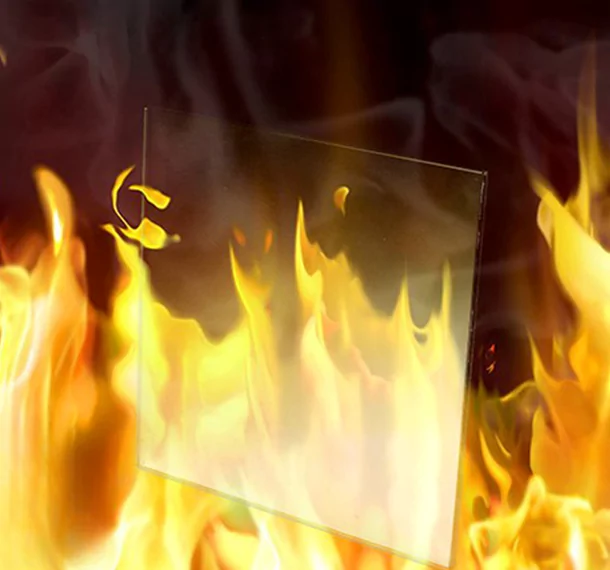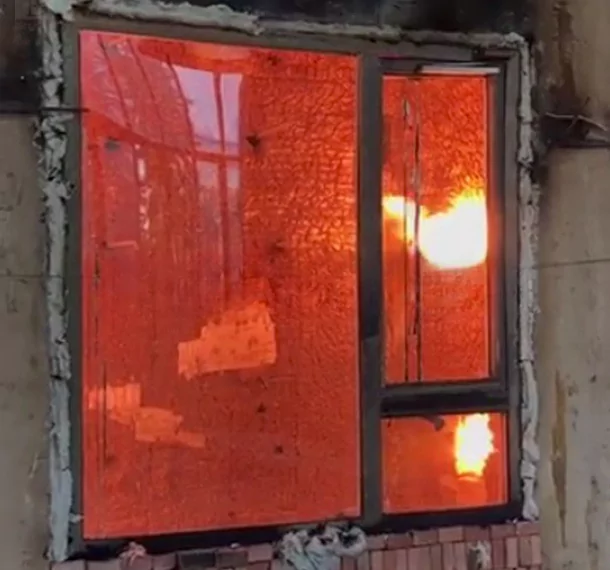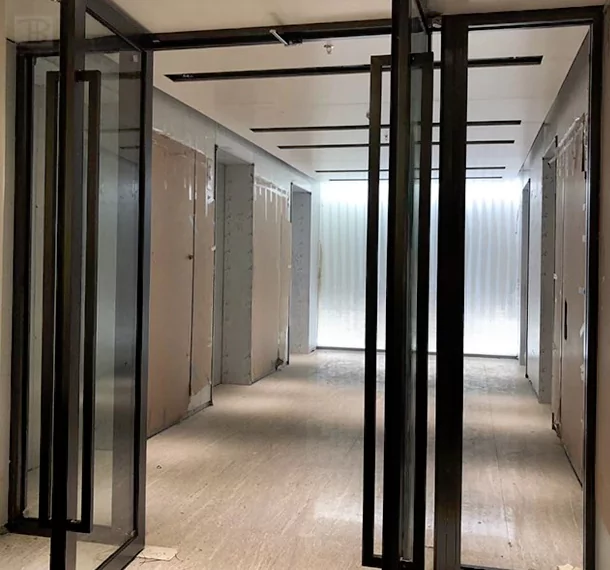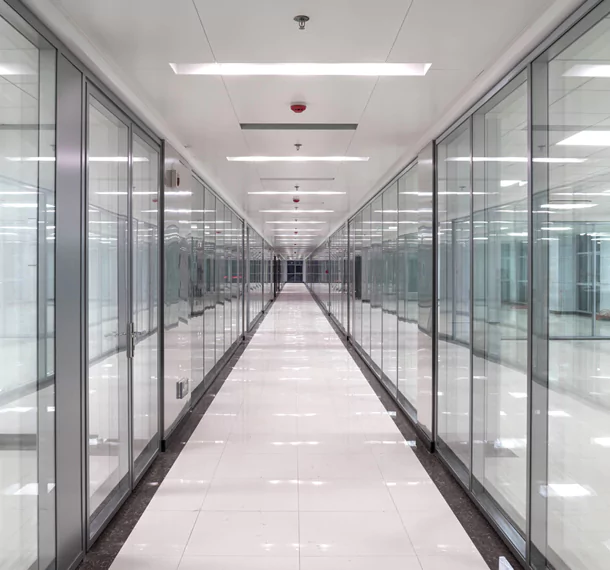Top Fire-Rated Glass Solutions in Izmir
Fire rated glass, also known as fireproof or fire resistant glass, is a specialized type of glazing designed to withstand high temperatures and prevent the spread of flames and smoke during a fire. it plays a crucial role in enhancing safety within buildings by providing a barrier that can resist heat transfer for designated periods. there are various types of fire rated glass available on the market, including tempered and laminated options. each type is engineered to meet specific safety standards while maintaining clarity and aesthetic appeal in Izmir.
The benefits of using fire rated glass in construction are manifold. first and foremost, it offers vital safety features by helping to contain fires within designated areas, thereby protecting occupants and allowing for safe evacuation. additionally, it ensures compliance with building codes that mandate the use of fire resistant materials in certain applications. the advantages of fireproof glass extend beyond safety; it also allows for natural light penetration without compromising on security or visibility.
Fire rated glass finds its place in numerous applications across both commercial and residential settings. common uses include fire rated doors, windows, partitions, and even curtain wall systems that require adherence to strict safety regulations. in commercial spaces such as offices or retail environments, integrating this type of glazing can enhance both functionality and design while ensuring compliance with local building codes.
When selecting the appropriate type of fire resistant glass for your project, it's essential to understand the differences between options like insulated versus non-insulated varieties as well as tempered versus laminated choices. each category comes with its own thickness ratings that determine how long they can withstand heat exposure before failure occurs. evaluating these factors will help you choose the right kind based on your specific needs in Izmir.
Incorporating fire rated doors into your design not only enhances safety but also offers aesthetic versatility. when choosing windows made from this material, consider factors such as installation tips to ensure maximum effectiveness during emergencies while maintaining visual appeal within your space. by these elements related to fire rated products, you can make informed decisions that prioritize both safety standards and design integrity in your projects.
Fire-rated glass is an integral component of building safety and design, providing several additional advantages beyond preventing flames and smoke spread. First and foremost, fireproof glazing effectively blocks radiant and convective heat transmission during a fire - helping contain it and safeguard occupants.Fire-rated glass enhances overall building safety by creating barriers that limit fire-related damages from spreading, while adding aesthetic appeal and daylighting effects. By letting natural light flow freely through, fireproof glass creates a bright and inviting environment while decreasing artificial lighting usage. Furthermore, today's security-minded world requires fireproof glass to meet both fire protection standards and security demands simultaneously.Fire-rated glass offers a multifaceted solution, providing protection from intrusions or break-ins while simultaneously increasing building security. When integrated into building designs, fireproofed glazing offers protection, aesthetics, daylighting advantages and peace of mind all in one.
Fire-rated glass is an indispensable element of building safety, providing essential protection from flames, smoke and radiant/conductive heat during an incident. As well as increasing safety measures, fireproof glass provides numerous other benefits that serve both practical and aesthetic needs.
1. Enhance Safety: Fire-rated glass provides enhanced safety in specific areas by containing fire hazards to specific locations, protecting occupants and assets from potential danger. Its ability to withstand high temperatures for extended periods allows emergency response teams enough time for evacuation and response efforts
2. Aesthetic Appeal: Gone are the days when fire-resistant glass sacrificed its aesthetic value for fire safety purposes. Thanks to modern advances in design, fireproof glass now seamlessly integrates into architectural elements while offering adequate daylighting while still presenting an elegant appearance.
3. Security Needs: Fire-rated glass serves both aesthetic and safety requirements, making it a popular choice among designers and architects.
3. Security Applications: In addition to meeting fire safety standards, fireproofed glass also fulfills security purposes by resisting forced entry and impact damage. Fire-rated glass's dual functionality makes it the ideal solution for applications where both safety and security are top priorities, such as in commercial buildings or high-security areas. Integrating its benefits into building designs not only fulfills essential safety requirements but also adds aesthetic and security considerations that add greater value.
In the realm of fire safety and architectural design, fire-rated glass Izmir stands out as a crucial element. Let's delve into three successful projects where fire-rated glass Izmir has been skillfully incorporated as glass doors or walls to enhance both aesthetics and safety standards:
1. Project Name: Zenith Corporate Tower_
Effect: By utilizing fire-rated glass in the main entrance doors of the Zenith Corporate Tower, not only did it enhance the modern aesthetic appeal of the building but also provided crucial fire protection, ensuring safety without compromising on style in Izmir.
2. Project Name: Riverview Hospital Expansion_
Effect: The incorporation of fire-rated glass walls in the Riverview Hospital Expansion project seamlessly integrated safety measures without obstructing natural light flow. This innovative use allowed for an open-concept feel while maintaining necessary fire protection standards.
3. Project Name: Tech Hub Innovation Center_
Effect: Through strategic placement of fire-rated glass walls in common areas within the Tech Hub Innovation Center, not only were sleek design elements achieved but also ensured compartmentalization during a fire event, emphasizing both safety and contemporary architectural aesthetics.







